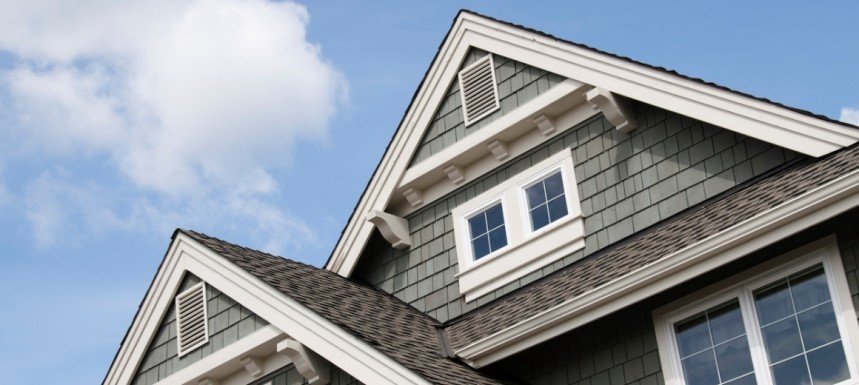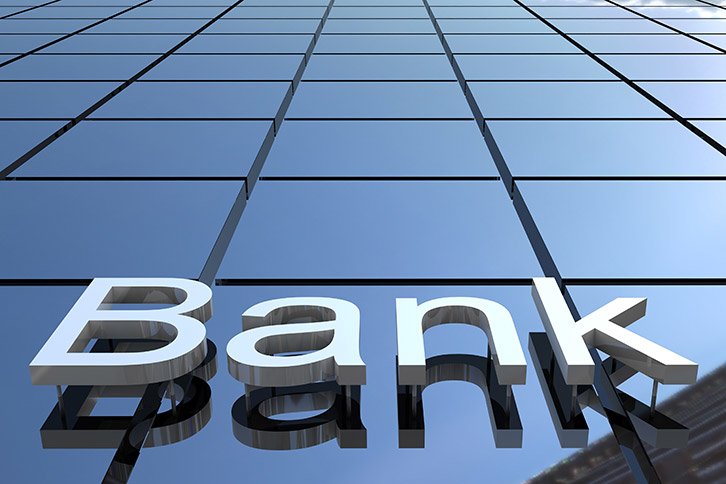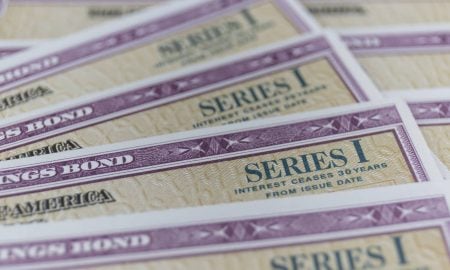
Research Shows 32% of People With Bad Credit Couldn’t Get Mortgages in 2017

Shopping for a home is oft regarded by many as a pleasurable enterprise. However, with all the excitement, comes a little gloom. While checking out properties seems is a sure fire way to boost morale, there’s always the odd chance of one’s loan application getting denied.
While the research paints a grim picture, reality sets in upon the realization that this number pales in comparison to other like-minded stats. The Observed Denial Rate stands at 11%, without taking into account the considerable shifts in applicants undergo when it comes to reviewing their credit profiles.
These findings were backed up by the Urban Institute Housing Finance Policy Center. The organization makes utility of data available to the public and filters it through data provided by CoreLogic to compute the Real Denial Rate (RDR). In normal circumstances, the Observed Denial Rate (ODR) is computed from governmental data as per the Home Mortgage Disclosure Act.

Emergent research has shown that individuals with high credit profiles are the most likely to earn loan approvals. Everyone else stands a 32% chance of getting turned down
The Housing Finance Policy Center (HFPC) enhances the process further by taking into account a number of variables including applicant credit differences in order to get a crisp picture of subjects under review when it comes to the approval and dismissal of mortgages. The HFPC’s findings have conclusively discovered that the RDR typically hikes to 52% for mortgages that are well below $70,000. Mortgages in this cluster are tagged as “small dollar mortgages.”
Contrary to popular belief, choosing an inexpensive home is not going to improve consumers chances of landing a mortgage loan. The HFPC has categorically stated that small dollar mortgages are found aplenty in non-governmental organizations. They also mentioned that such loans tend to have higher Real Denial Rates.
Thinking
From a stats perspective, the number of low-credit applicants didn’t change too much when one considers the mortgage size. Effectively, this indicates that low-credit applicants were applying for varied mortgage sizes. Fascinatingly, 34% of applicants for small dollar loans were discovered to have substantially low credit. This number is comparatively large in the larger frame of this and represents about 30% when taking into account mortgages that rank above $150,000.
These numbers are scary for individuals seeking to become homeowners in the near future. As per the Housing Finance Policy Center, applicants are grouped according to their credit capabilities. This means that those with high-credit exist in a different class compared to those with low-credit. The classification is one according to the applicants’ mortgage type, Loan to Value (LTV) ratio, the credit score, the documentation type and the Debt to Income (DTI) ratio.

The HFPC attribute the large denial rate to the number of fixed costs that are typical or originating loans. This means that smaller loans are not favored by lenders
Odds
From this, we can conclusively see that the most successful applicants deposited about 22% of the asking fee. This number represents a considerable margin above the standard 20%. In essence, the mortgage loans were significantly diminutive, about 30% less than their incomes. This number is usually used as the gold standard when it comes to affordability.
The information provided by HFPC highlights the essence of individuals understanding the various factors that contribute to their credit scores. In recent years, there have been a number of people who have voiced concerns about credit scores being inefficient. The argument was that compared to other cash-flow metrics, credit scores were not reliable in determining which individuals were best poised to receive loans.
Despite the criticism, credit scores still matter. Recent advancements in technology mean that it’s now easier than ever for people to monitor their credit and implement strategies to keep their numbers high enough. There are numerous credit score apps and website that generate free credit reports.
More in Loans & Mortgages
-
Why American Consumers Are Falling Behind on COVID-Era Debt
When the world was grappling with the health crisis brought on by COVID-19, the U.S. economy faced an equally formidable challenge:...
November 27, 2023 -
Dr Dre and Ex-Wife Nicole Young Finalise $100m Divorce Settlement
After months of legal proceedings, Dr Dre, the legendary rapper, producer, and businessman, officially brought his tumultuous divorce from ex-wife Nicole...
November 22, 2023 -
5 Tell-Tale Signs That It Is Time to Say Goodbye to Your Current Job
Are you feeling like your job is more like a ball and chain than a fulfilling career? The daily grind, the...
November 19, 2023 -
WWE Signs $1.4 Billion Broadcasting Contract for SmackDown
In an explosive turn of events, World Wrestling Entertainment (WWE) has just unleashed some earth-shattering news for its legions of fans....
November 9, 2023 -
Navigating the Mortgage Maze as Interest Rates Take a Historic Leap
The U.S. housing market is nothing short of a dynamic entity. It evolves, reacts, and sometimes, just like the current real-estate...
November 3, 2023 -
Celebrity Couples Where the Woman Has a Higher Net Worth
In a world where gender roles and financial dynamics constantly shift, it’s not unusual to find celebrity couples where the woman...
October 27, 2023 -
Why the Gender Pay Gap Could Be Worsening
Picture this: Two college students, Alex and Charlie. Both are bright, have the same interests, and are ready to embrace the...
October 19, 2023 -
JC Penney’s Remarkable $1 Billion Revival Plan
In a remarkable turnaround, JC Penney unveiled a bold $1 billion revival plan, breathing new life into a brand that faced...
October 12, 2023 -
Shattering the American Dream: Mortgage Rates, Inflation & Cost of Living
You know that feeling when you are dreaming of something you have wanted for so long, only to watch it vanish...
October 6, 2023















You must be logged in to post a comment Login